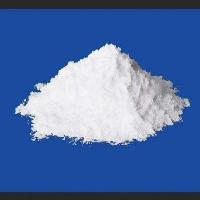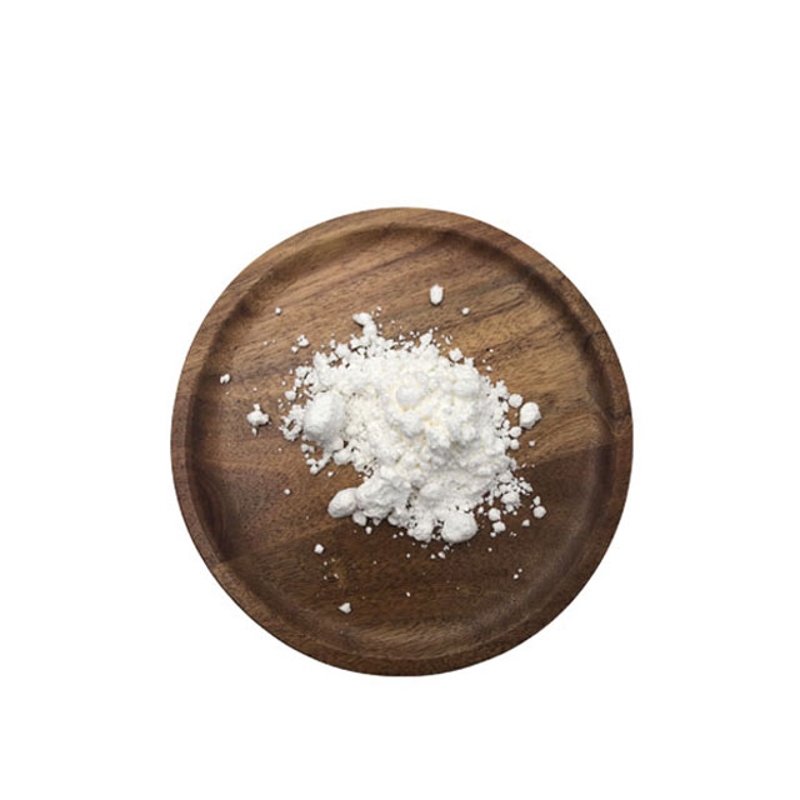-
Categories
-
Pharmaceutical Intermediates
-
Active Pharmaceutical Ingredients
-
Food Additives
- Industrial Coatings
- Agrochemicals
- Dyes and Pigments
- Surfactant
- Flavors and Fragrances
- Chemical Reagents
- Catalyst and Auxiliary
- Natural Products
- Inorganic Chemistry
-
Organic Chemistry
-
Biochemical Engineering
- Analytical Chemistry
-
Cosmetic Ingredient
- Water Treatment Chemical
-
Pharmaceutical Intermediates
Promotion
ECHEMI Mall
Wholesale
Weekly Price
Exhibition
News
-
Trade Service
This article is the original of translational medicine network, please indicate the source when reprinting
Author: Mia
Stomach cancer is one of the most common cancers and the third leading cause
The tumor immune microenvironment (TIME) is increasingly being recognized as a major determinant of tumor biology and a regulator of sensitivity to anti-tumor drugs
However, in recent years, other immune cells, such as neutrophils, can alter the behavior of lymphocytes, thereby regulating tumor progression, and have received more and more attention
On August 30, the Southern Medical University team published a research paper
#auth-Wei-Wang
Relationship between NLR status and prognosis in TIME
01
The research team developed and validated CT-based radiomics scores based on 2272 patients with gastric cancer to study the relationship of radiomic imaging biomarkers to neutrophil-lymphocyte ratio (NLR) in TIME, including its correlation
Kaplan-Meier analyzed disease-free survival (DFS) and overall survival (OS) based on different NLR statuses of gastric cancer patients
Patients in the NLR-Low group had the best prognosis DFS and OS (disease-free survival and overall survival) in the training cohort, internal validation cohort 1, and external validation cohort 1, while patients in the NLR-High group had the worst
Development and validation of biomarkers for radiomics imaging
02
The researchers used the Maximum Correlation Minimum Redundancy (mRMR) algorithm to remove redundant features, and then used minimum absolute shrinkage and selection operator regression analysis to select 6 perienceal features and 4 intratumor features to construct predictive radiological imaging biomarkers
Radiomics imaging biomarker performance in training and validation cohorts
The RS of the NLR-High, NLR-Mix, and NLR-Low groups in each queue is significantly different
Prognostic value of biomarkers for radiomics imaging
03
Univariate Cox regression analysis showed that radioomic imaging biomarkers were prognostic factors for disease-free survival and overall survival in each cohort
Kaplan-Meier analyzed disease-free survival (DFS) and overall survival (OS) based on different RS groups of patients with
The team assessed the prognostic value
Predictive value of radiomics imaging biomarkers against PD-1 immunotherapy responses
04
The study also assessed the association between radiomic imaging biomarkers and anti-PD-1 immunotherapy responses in both cohorts and clinical outcomes
Performance of radiomics imaging biomarkers in evaluating response to anti-PD-1 immunotherapy and clinical outcomes of immunotherapy
Surprisingly, patients with low RS still had the highest OR rates regardless of treatment line, further suggesting that radioomic imaging biomarkers for NLR are associated
Summary of the study
05
The study found that radioomic imaging biomarkers of NLR in gastric cancer TIME can be used to assess response to immunotherapy, regardless of treatment
line.
However, due to the limited number of immunotherapy cohorts, future studies of radiomic imaging biomarkers for NLR in TIME should further investigate the relationship between
radiomic imaging biomarkers and immunotherapy responses.
Resources:
#auth-Wei-Wang
Note: This article is intended to introduce the progress of medical research and cannot be used as a reference for
treatment options.
For health guidance, please visit a regular hospital
.
Testimonials/ Live Events
August 31st 14:00-17:30 Guangzhou
The 2nd Salon on Clinical Application of New Diagnostic Technologies
Scan the code to participate for free
September 15-16 09:00-17:30 Chongqing
The first Southwest Single Cell Omics Technology Application Forum
Scan the code to participate for free







